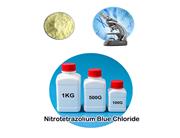EDTMP (Ethylenediamine Tetra(methylene phosphonic acid) is a phosphonic acid-based chelating agent with several industrial and commercial applications, primarily due to its excellent scale inhibition and metal ion-chelating properties. Here are its key applications:
1. Water Treatment
- **Scale Inhibition:** Prevents the formation of calcium, magnesium, and other metal-based scales in boilers, cooling towers, and desalination plants.
- **Corrosion Inhibition:** Forms stable complexes with metal ions (like Ca²⁺, Mg²⁺, Fe²⁺/³⁺), reducing corrosion in pipelines and industrial water systems.
- **Iron & Manganese Control:** Helps in sequestering dissolved iron and manganese to prevent staining and deposition.
2. Oil & Gas Industry
- Used in **scale inhibitors** for well stimulation and squeeze treatments to prevent mineral scaling (e.g., CaCO₃, BaSO₄) in production wells.
- Helps in **iron stabilization** during acidizing operations.
3. Detergents & Cleaning Agents
- Acts as a **builder** in detergents to soften hard water by binding Ca²⁺ and Mg²⁺ ions, improving cleaning efficiency.
- Used in industrial and institutional cleaners to prevent scale deposits on surfaces.
4. Pulp & Paper Industry
- Prevents **calcium scaling** in papermaking processes and improves bleaching efficiency by chelating metal ions.
5. Textile Industry
- Used as a **sequestrant** to control metal ions in dyeing and bleaching processes, ensuring uniform color and fabric quality.
6. Personal Care Products
- Found in some cosmetics and personal care formulations as a **stabilizer** to prevent metal-induced degradation.
7. Agriculture
- Used in **micronutrient fertilizers** to improve the availability of essential metal ions (e.g., Zn, Fe) to plants.
Key Advantages of EDTMP:
- Strong chelation ability, especially for **hard water ions** (Ca²⁺, Mg²⁺) and **transition metals** (Fe³⁺, Cu²⁺).
- High thermal and chemical stability, making it suitable for harsh industrial conditions.
- Environmentally friendlier than some traditional phosphates (though still regulated due to phosphorus content)
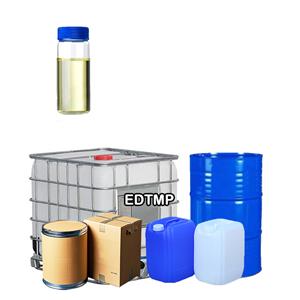
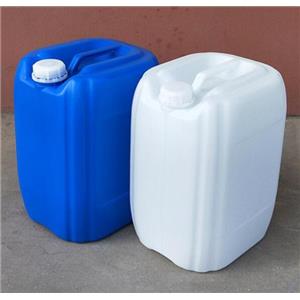
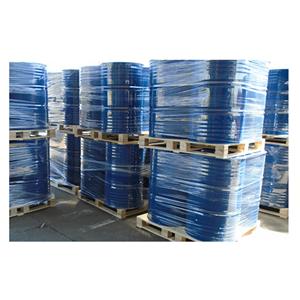
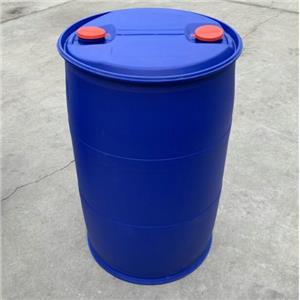


 China
China